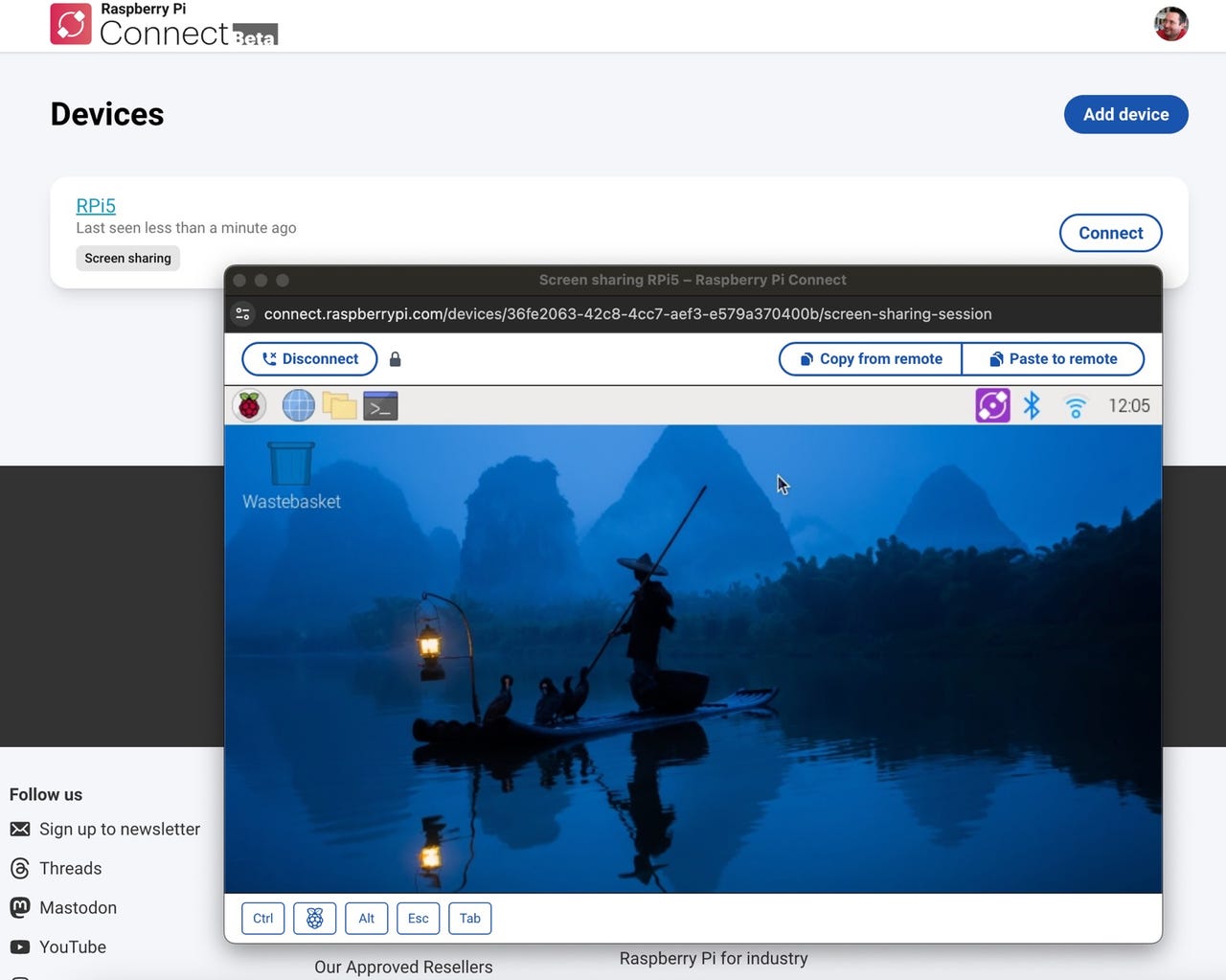'ZDNET Recommends': What exactly does it mean?
ZDNET's recommendations are based on many hours of testing, research, and comparison shopping. We gather data from the best available sources, including vendor and retailer listings as well as other relevant and independent reviews sites. And we pore over customer reviews to find out what matters to real people who already own and use the products and services we’re assessing.
When you click through from our site to a retailer and buy a product or service, we may earn affiliate commissions. This helps support our work, but does not affect what we cover or how, and it does not affect the price you pay. Neither ZDNET nor the author are compensated for these independent reviews. Indeed, we follow strict guidelines that ensure our editorial content is never influenced by advertisers.
ZDNET's editorial team writes on behalf of you, our reader. Our goal is to deliver the most accurate information and the most knowledgeable advice possible in order to help you make smarter buying decisions on tech gear and a wide array of products and services. Our editors thoroughly review and fact-check every article to ensure that our content meets the highest standards. If we have made an error or published misleading information, we will correct or clarify the article. If you see inaccuracies in our content, please report the mistake via this form.
Connect to your Raspberry Pi from a web browser, anywhere in the world - here's how

Remote access can be a stumbling block in maximizing your Raspberry Pi's potential. Many enthusiasts turn to tools like RealVNC, but the limitations of the free version can be frustrating, particularly with limited access spots.
Enter Raspberry Pi Connect -- the remote desktop tool that the Raspberry Pi community has been eagerly awaiting. This tool allows for seamless remote management of your Raspberry Pi devices directly from your browser, provided they have an active internet connection.
Also: The best Raspberry Pi alternatives
To use Raspberry Pi Connect, your hardware -- whether it's a Raspberry Pi 5, Raspberry Pi 4, or Raspberry Pi 400 -- must be running a 64-bit distribution of the Raspberry Pi OS Bookworm that utilizes the Wayland window server.
You'll also need a Raspberry Pi ID. If you don't already have one, setting one up is straightforward, free, and quick.
Raspberry Pi Connect is just like being in front of your Pi, no matter where you are in the world.
For those looking to get started, there's comprehensive, step-by-step documentation available that guides you through the process. This includes updating your Raspberry Pi, installing Connect, and linking your Raspberry Pi hardware to your Raspberry Pi ID account.
Once set up, each of your Raspberry Pis will be visible in your account, and as long as they are connected to the internet, you can access them directly from your browser -- simplifying the way you interact with and manage your devices remotely.
Also: My 2 must-have tools to make DIY projects a lot less frustrating (and they're cheap)
Raspberry Pi Connect is a promising new tool for remote access to Raspberry Pi devices, but it's important to note that it is currently in beta. Gordon Hollingworth, the Chief Technology Officer for software at Raspberry Pi, acknowledged this in a blog post on the company's website, saying that users might experience "the occasional limitation or imperfection" while the tool is still under development.
Hollingworth also pledged that Connect will remain free for individual users with non-relayed connections. For relayed connections, the company currently has a single relay server and will "keep an eye on the use of bandwidth and decide how to treat these connections in future."
